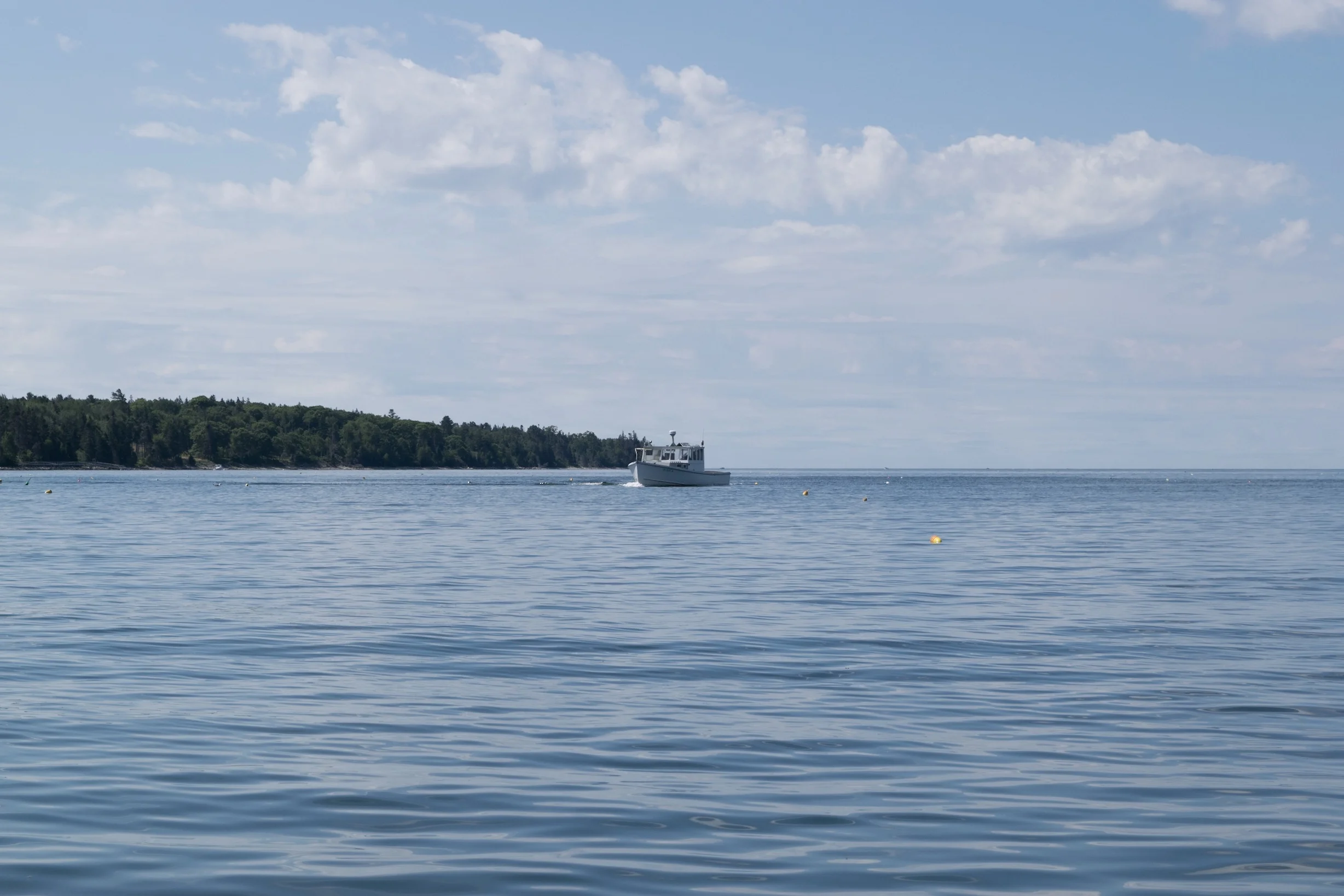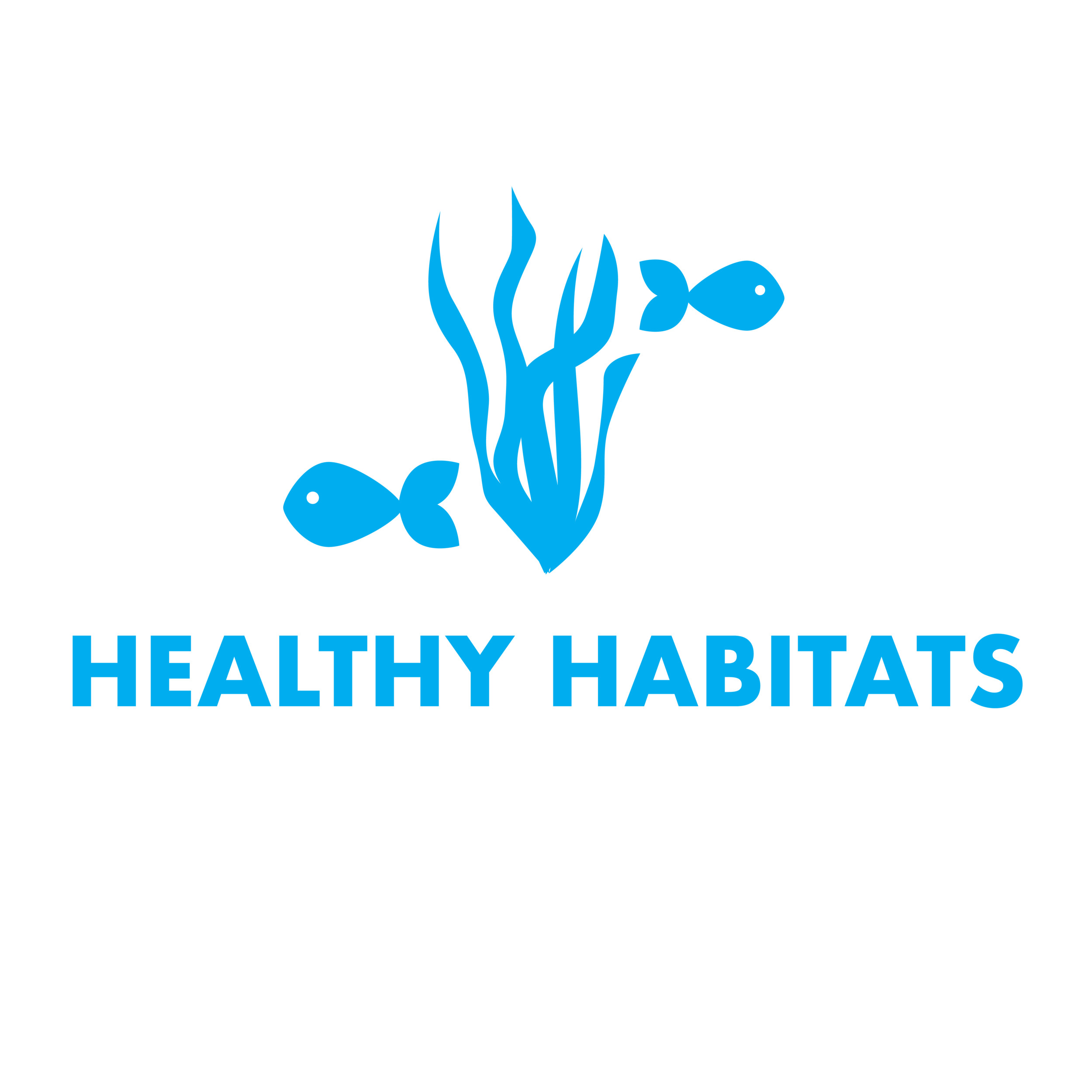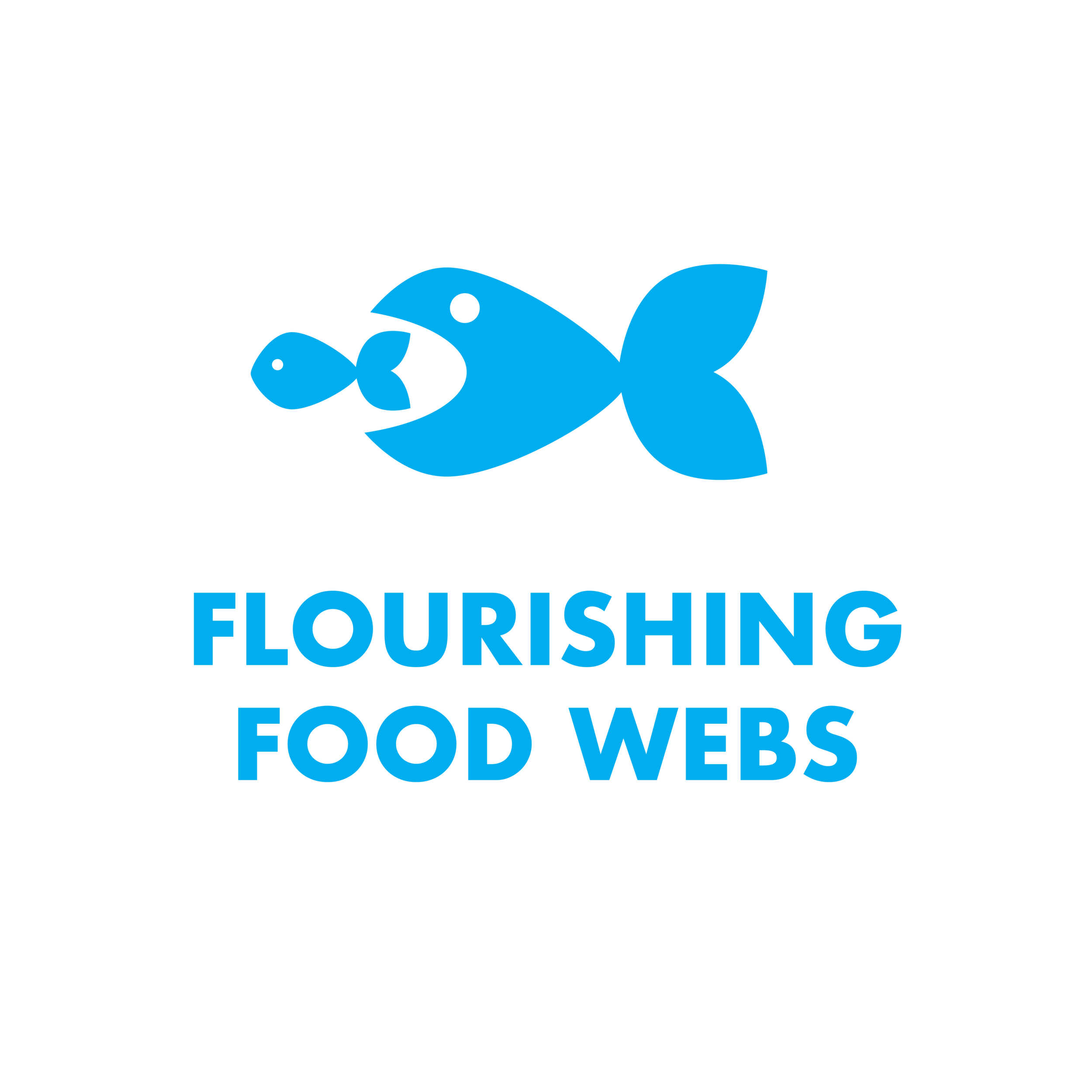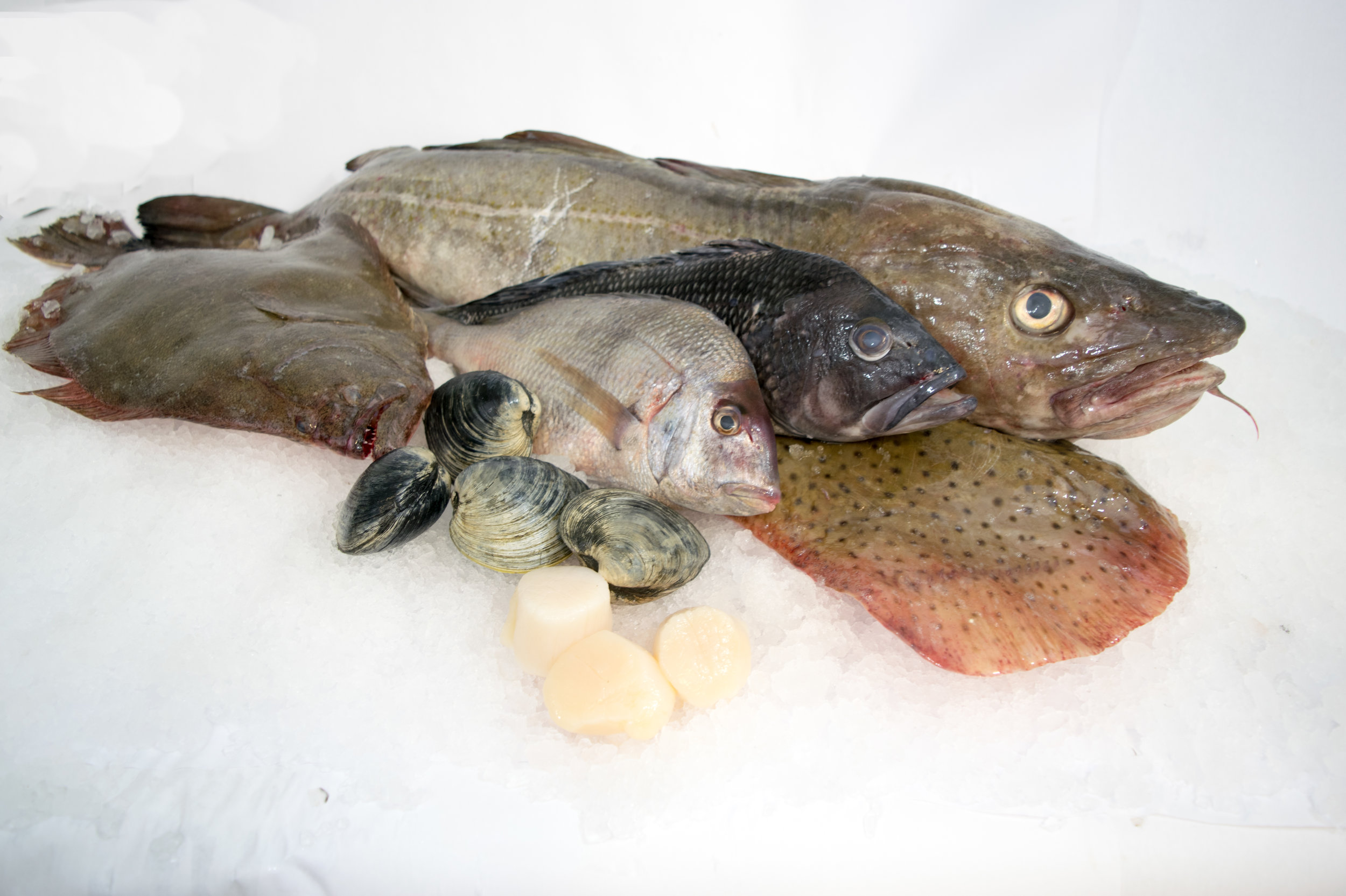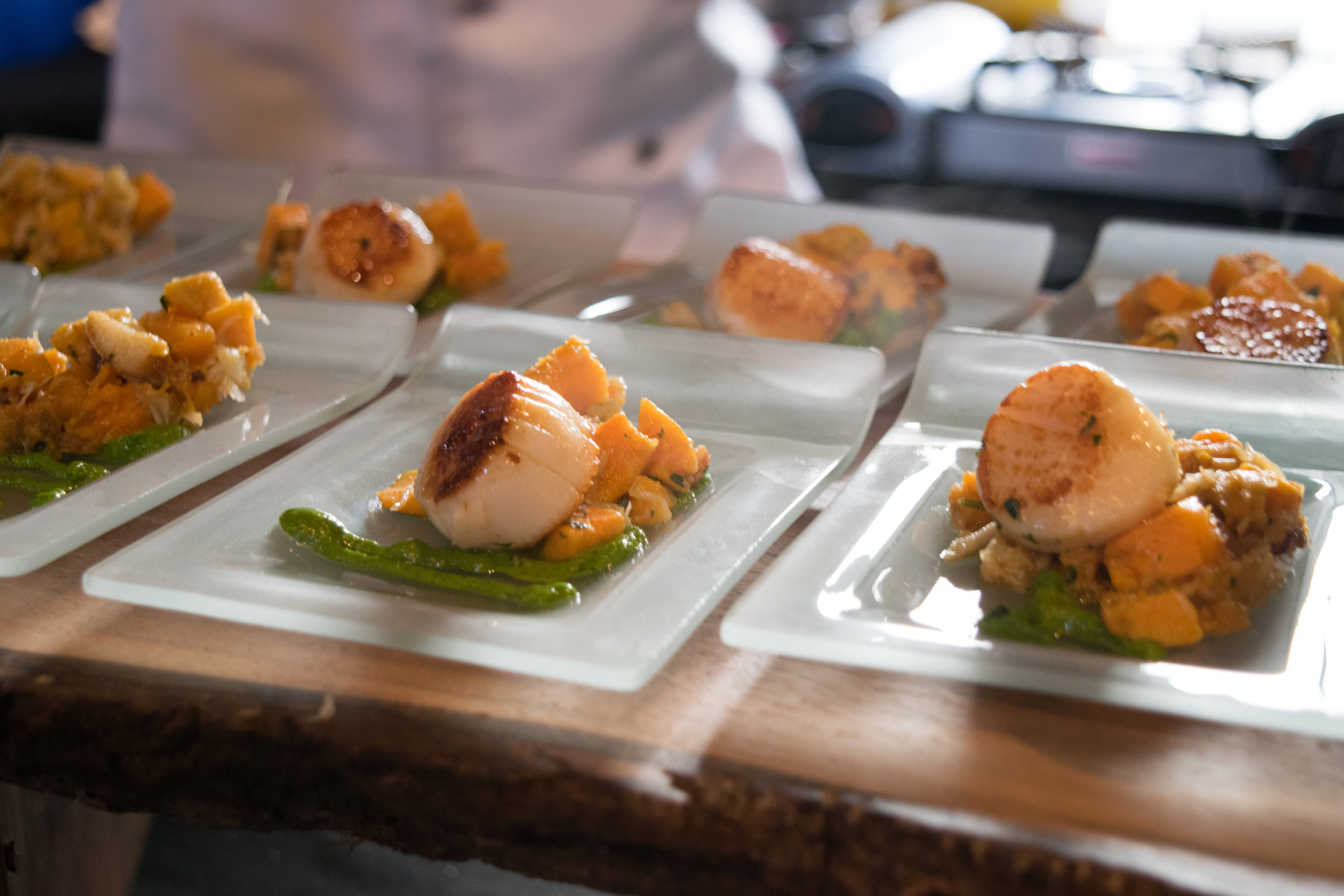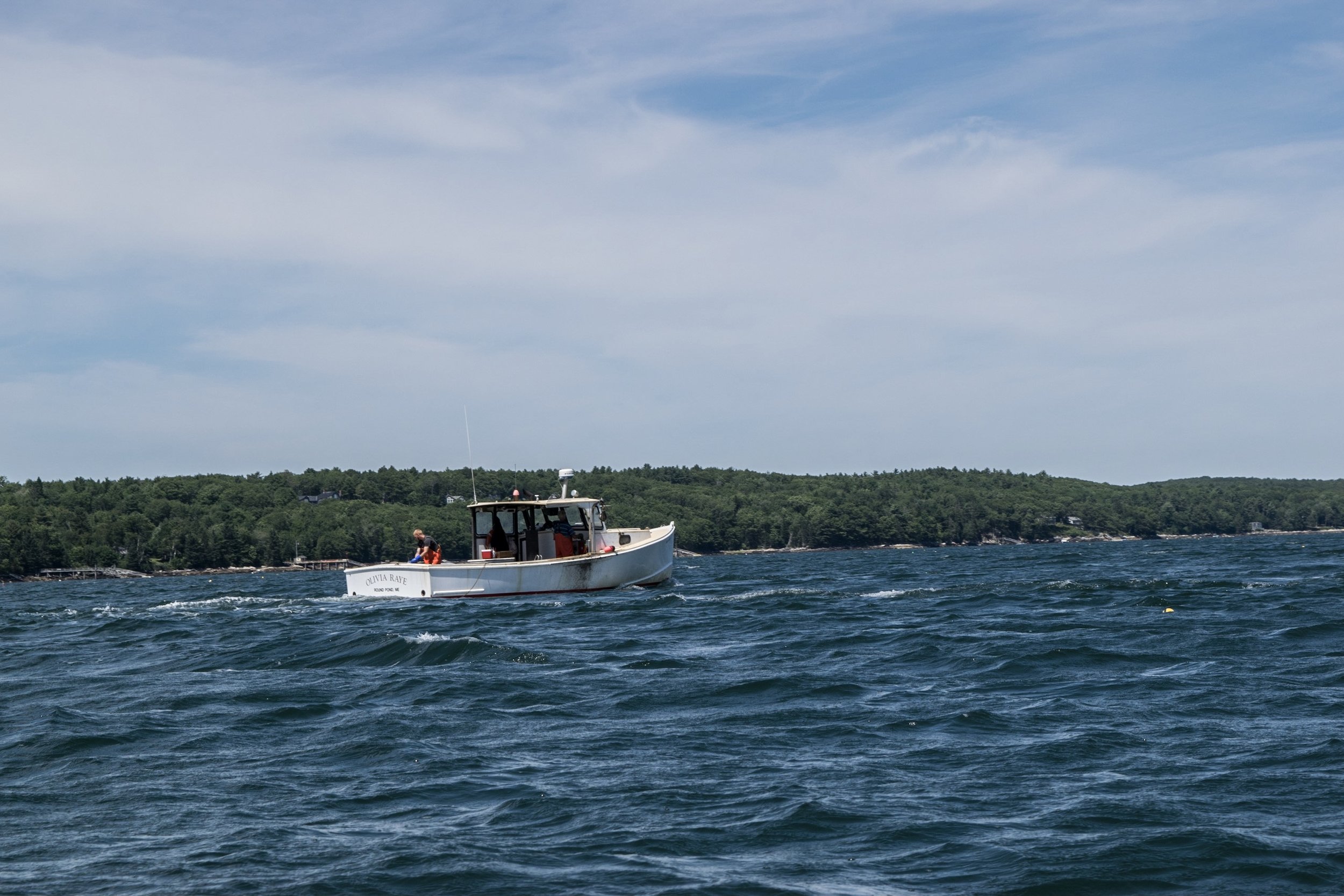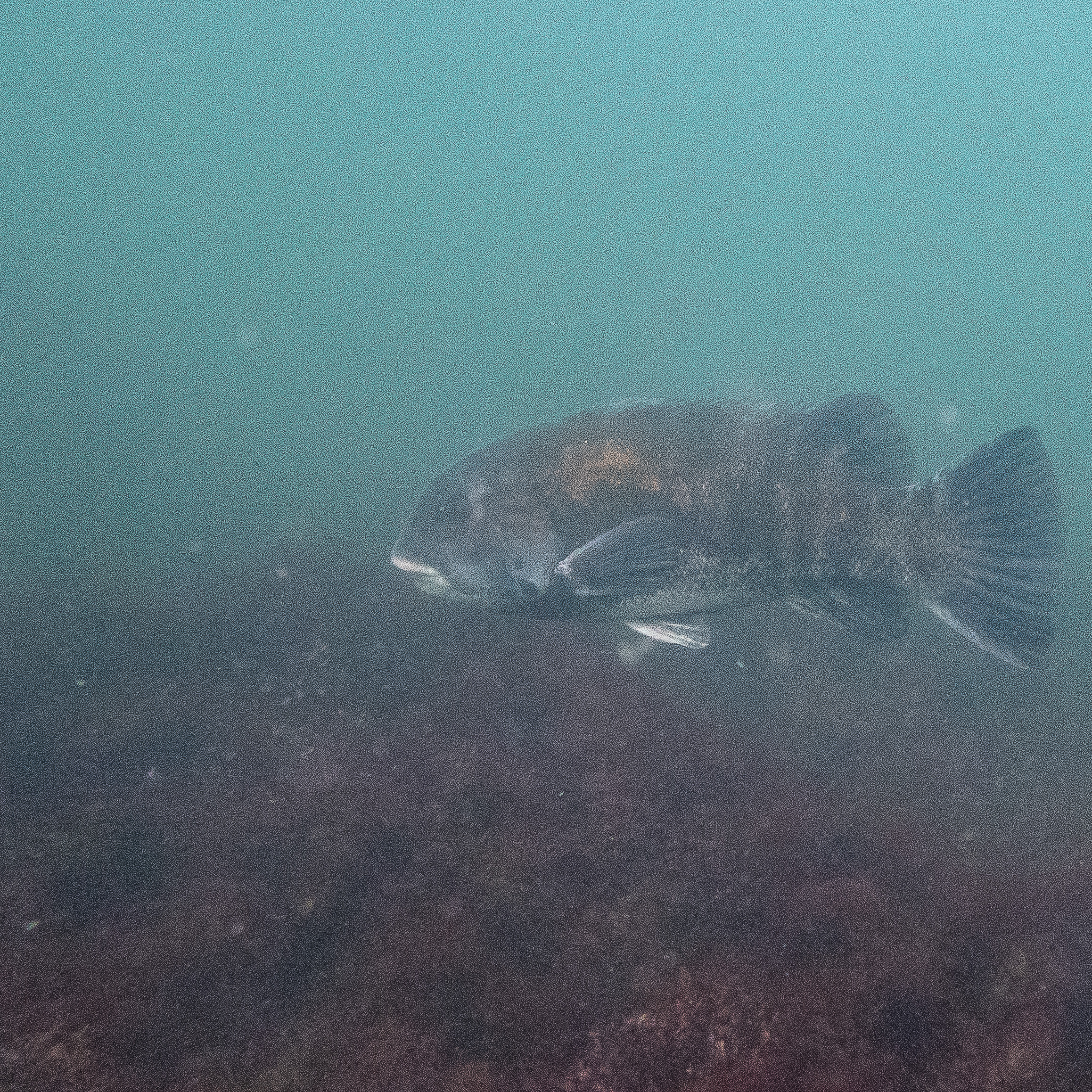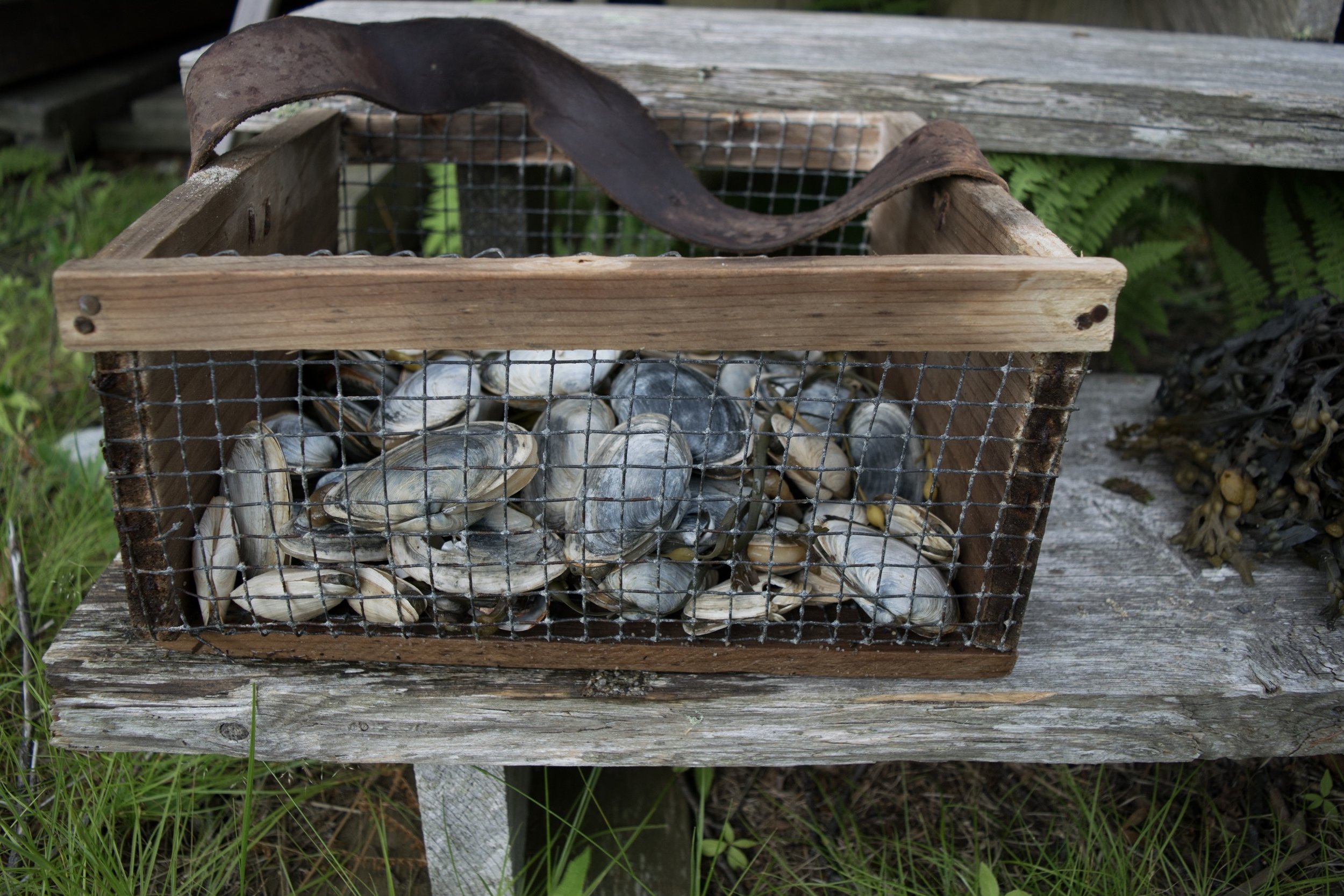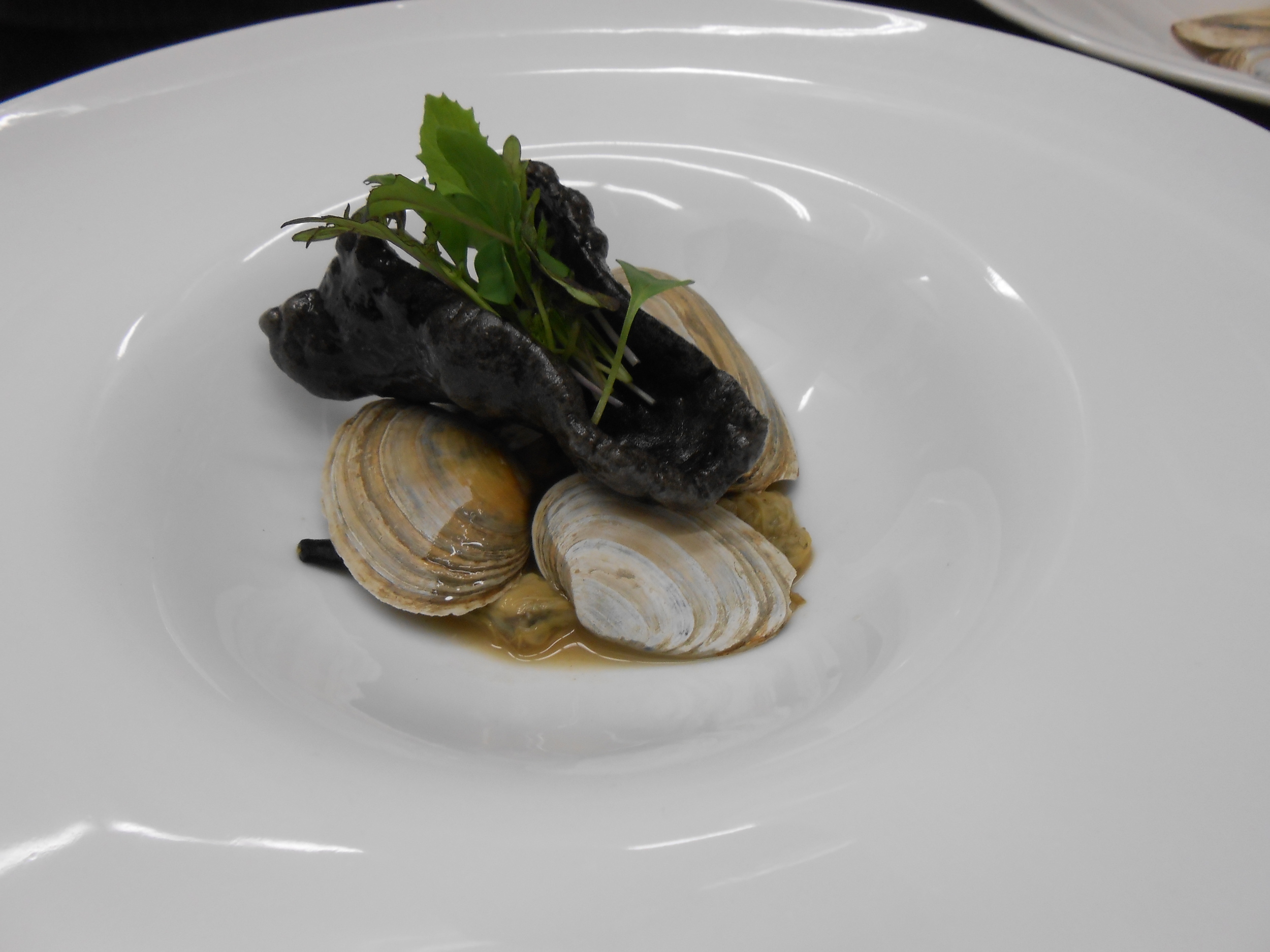Eating with the Ecosystem is a non-profit whose mission is to promote a place based approach to sustaining New England's wild seafood, through healthy habitats, flourishing food webs, and short, adaptive supply chains.
Eating with the Ecosystem is a small educational non-profit that promotes a place-based approach to sustaining New England’s wild seafood. We believe that an important way to sustain our local seafood is to foster appreciation for it by learning about it and eating it. By fusing the ecological knowledge of marine scientists and commercial fishermen with the culinary creativity of the region’s most innovative chefs we aim to educate consumers about our local seafood, ecosystems, and fisheries while advancing a dining paradigm that channels a deep understanding of the special places in the ocean that produce the seafood we enjoy. Our "recipe for resilience" entails balancing our seafood consumption across the marine food web and nurturing marine ecosystems as wild food sources, with the participation and expertise of the entire local seafood value chain.
Ocean ecosystems provide the last wild food on earth: seafood that nourishes eaters, supports fishing communities, and connects humans to the marine environment. In the last century, these ecosystems – and the people who depend on them – have come under assault from climate change, habitat loss, and a mass-market incentive structure that encourages extraction of large volumes of a select few species. The result is an ocean ecosystem that fluctuates rapidly, eludes the efforts of fishery managers to predict harvest yields, and pins hardworking fishermen between changing natural abundances and a rigid market.
Some people claim that the solution is to turn the oceans into farms, mass-producing the most popular fish to satisfy consumer demand. Others say the oceans should just be left alone, that eating seafood is a luxury that twenty-first century consumers can no longer afford to enjoy. We defy both of these claims. Without the seafood that connects us to the worlds off our shores, our relationship to those underwater worlds – and our incentive to care for them – would be surface-deep. And turning the oceans into fish farms means replacing complex, wild natural ecosystems with simplified monocultures. Both of these are false solutions. But then again, so is business as usual. We propose a fourth path: it’s a strategy that we call “eating with the ecosystem”.
Eating with the ecosystem means matching our seafood consumption to the rhythms of nature. It means supporting biodiversity in the sea by harvesting a diversity of seafood. It means understanding the oceans as complex food production systems – not as dumping grounds for refuse nor simply as underwater wildlife preserves - and engaging consumers in taking care of the oceans' wild food production capacity while supporting local fishermen as members of their communities.
OUR RECIPE FOR RESILIENCE: BALANCING SEAFOOD CONSUMPTION ACROSS THE MARINE FOOD WEB...
An ecosystem-based diet is one that brings the needs of the human body in tune with the needs of an ecosystem – a bridging of the nutritional food pyramid with the ecological food web, if you will. A basic ecosystem-based diet replicates the effects of natural predators by consuming wild sea creatures in proportion to the abundance in which they naturally occur. At its most basic level, an ecologically based seafood diet begins with simply eating, in moderation, a wider variety of foodstuffs from the ocean. It is no coincidence that the most popular finfish in New England – cod and other groundfish – have suffered depletion over the last four decades. During this time, less popular species, such as dogfish and skates, have apparently taken their place in the ecosystem. At the same time, climate change is causing some species to grow in numbers, others to shrink, and still others to new geographic areas. As local seafood species become more variable, consumers can play a positive role by being flexible in their seafood choices.
...AND NURTURING MARINE ECOSYSTEMS AS WILD FOOD SOURCES.
Sustaining the wild seafood that we love is not only about the choices we make at the seafood counter. It's just as important to sustain the big picture: the natural ocean ecosystems that produce our seafood, and the fishing boats that harvest it. New England's ocean ecosystems and fishing fleets are facing unprecedented challenges. Greenhouse gas emissions are making ocean waters warmer and more acidic. Combined with decades of intense fishery exploitation and habitat loss, such as damming of rivers, this has led to big changes in the availability of our favorite seafoods. Meanwhile, rising fuel costs, complex regulations, and environmental change make for tough times for our dwindling fishing fleet. Do your part by learning where you seafood comes from -- and what we can all do to support vibrant fishing communities and fertile marine ecosystems.
WHY WE NEED A NEW APPROACH TO SUSTAINABLE SEAFOOD
Over the last decade, sustainable seafood campaigns have made great strides in educating consumers about the need to evaluate a species' stock status before putting that species on our plates. But these campaigns have been missing one critical element: the ecosystem. Species do not exist in a global vat, each one swirling around independently of the other. Instead, they exist in place-based, interdependent regional ecosystems.
An ecosystem is the complex of a community of organisms and its environment functioning as an integrated unit. Global sustainability campaigns are not able to incorporate ecosystem concerns into their definitions of sustainability because these campaigns are not based on any single ecosystem. But thanks to the burgeoning local foods movement, a place-based conception of sustainability is now possible.
Eating with the Ecosystem promotes a new approach to sustaining seafood that is local, place-based, and takes into account the whole ecosystem. In contrast to global sustainable seafood campaigns, which are based on single species/stocks and work via consumer choice, our philosophy is based on places and works via collaborative dialogue and systems thinking. Through this framework, we emphasize the unique factors that shape the dynamics of the special places in the ocean that produce our food.
Learn more about our place-based approach to sustaining wild seafood by checking out our 5 Anchors
